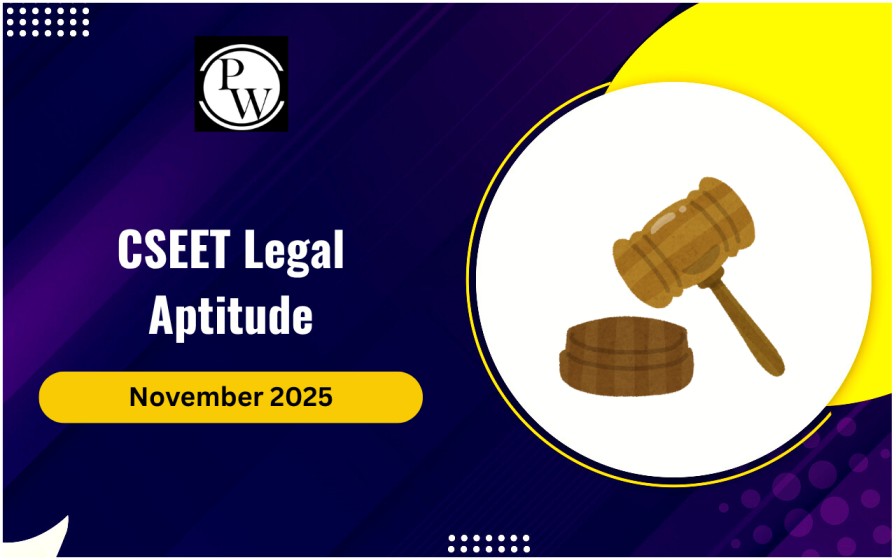

Tax incidence refers to the analysis of the effect of a particular tax on the distribution of economic welfare among market participants. It measures the true financial burden of a tax, identifying which group, consumers or producers, ultimately bears the cost.
This concept is crucial for understanding the real impact of taxes on different economic agents and helps policymakers design fair and efficient tax systems. By examining the elasticity of supply and demand, economists can predict how the burden of a tax will be divided between buyers and sellers.What is Tax Incidence?
Tax incidence refers to the distribution of a tax burden between buyers and sellers or consumers and producers. It measures who actually pays the tax in economic terms rather than who is legally obligated to pay it. For example, Consider a government-imposed tax on gasoline. Legally, the tax is levied on gasoline retailers (statutory incidence). However, retailers typically pass this cost on to consumers through higher gasoline prices. Thus, the actual burden falls on consumers who pay more at the pump.Types of Tax Incidence
There are two main types of tax incidence:- Statutory incidence and
- Economic incidence.
Let ’s understand both the types in brief below:
Statutory incidence refers to the legal obligation to pay the tax, which is the initial responsibility as dictated by law. For example, a corporate income tax that companies must remit to the government falls under statutory incidence. Economic incidence, on the other hand, is the actual financial burden of the tax, reflecting who ultimately bears the cost aftermarket adjustments. For instance, if a company increases its product prices to cover a corporate income tax, the consumers end up bearing the burden.How Tax Incidence Works?
Tax incidence involves shifting, where the burden of the tax is transferred from the entity legally responsible to another party through market mechanisms. The elasticity of demand and supply plays a significant role in determining tax incidence. Elasticity refers to the responsiveness of demand or supply to changes in price. For elastic goods, such as luxury items, a tax increase leads to a significant drop in demand, so producers bear more of the burden. For inelastic goods, such as necessities like food and medicine, a tax increase does not significantly reduce demand, so consumers bear more of the burden. The formulas for tax incidence can quantify this burden. For consumers, the incidence is calculated as 100 times the elasticity of supply divided by the sum of the elasticities of demand and supply. For producers, it is 100 times the elasticity of demand divided by the sum of the elasticities of demand and supply. Market structure also plays a role; in competitive markets, the ability to pass on taxes to consumers is more pronounced compared to monopolistic markets, where a single producer might absorb more of the tax.Tax Incidence Example
To illustrate the concept of tax incidence, let's explore two practical examples: cigarette taxes and corporate income taxes. These examples will help elucidate how the statutory and economic incidences of a tax can differ, depending on various factors such as the elasticity of demand and market structure.Example 1: Cigarette Taxes
Cigarettes provide a clear example of a product with inelastic demand due to the addictive nature of nicotine. When the government imposes a higher tax on cigarettes, retailers typically respond by increasing the prices of cigarettes. Despite the price hike, the quantity of cigarettes sold does not decrease significantly because consumers are largely unwilling or unable to reduce their consumption. This inelastic demand means that consumers continue to purchase cigarettes at higher prices, bearing the economic incidence of the tax. Thus, while the statutory incidence of the tax falls on the retailers who remit the tax to the government, the economic incidence predominantly falls on the consumers who pay more for cigarettes. Example 2: Corporate Income Taxes Corporate income taxes offer another insightful example. The statutory incidence of these taxes lies with the corporations, as they are legally obligated to pay the tax to the government. However, the economic incidence of corporate income taxes can be distributed among various stakeholders. Corporations might respond to the tax by increasing the prices of their products, thereby passing some of the tax burden onto consumers. Alternatively, companies might lower wages or reduce hiring, shifting part of the burden to employees. In some cases, the tax can lead to lower returns for shareholders as companies distribute less profit. Therefore, while corporations are the initial taxpayers, the economic incidence of corporate income taxes is often shared among consumers, employees, and shareholders.How Does the Impact and Shifting of Taxation Work?
The impact of a tax refers to the initial burden placed on the entity legally responsible for the tax. For instance, a tax imposed on coffee manufacturers has an initial impact on the manufacturer. Tax shifting is the process of transferring the tax burden from the initial payer to another party. If the coffee manufacturer raises prices, passing the burden to retailers and eventually to consumers, this is tax shifting. The final incidence, or the ultimate bearer of the tax burden, is often the consumer who pays higher prices for coffee. Tax incidence isn't just about who writes the check to the government. It's about who actually feels the pinch. Whether it's cigarette smokers paying more for their habit or consumers bearing the brunt of corporate taxes, understanding tax incidence helps us see the real impact of tax policies. Keep this in mind the next time you hear about a new tax – it might affect you more than you think!Tax Incidence FAQs
How do taxes on digital services impact tax incidence?
Taxes on digital services often result in higher subscription fees or service charges for consumers as companies pass on the tax burden to maintain profit margins.
What is the effect of import tariffs on tax incidence?
Import tariffs increase the cost of imported goods, which importers pass on to consumers through higher retail prices.
What role do local taxes play in tax incidence?
Local taxes, such as property and sales taxes, increase costs for residents and consumers in the area. Thus, it affects their overall cost of living and purchasing decisions.
How does tax incidence affect public transportation funding?
Taxes imposed to fund public transportation, like fuel taxes or transit fees, result in higher fares for commuters and increased operational costs for transport companies.
How does tax incidence work in the gig economy?
Taxes on digital platforms or gig workers result in higher service fees for consumers or lower earnings for workers as platforms pass on the tax burden.
Talk to a counsellorHave doubts? Our support team will be happy to assist you!

Check out these Related Articles
Free Learning Resources
PW Books
Notes (Class 10-12)
PW Study Materials
Notes (Class 6-9)
Ncert Solutions
Govt Exams
Class 6th to 12th Online Courses
Govt Job Exams Courses
UPSC Coaching
Defence Exam Coaching
Gate Exam Coaching
Other Exams
Know about Physics Wallah
Physics Wallah is an Indian edtech platform that provides accessible & comprehensive learning experiences to students from Class 6th to postgraduate level. We also provide extensive NCERT solutions, sample paper, NEET, JEE Mains, BITSAT previous year papers & more such resources to students. Physics Wallah also caters to over 3.5 million registered students and over 78 lakh+ Youtube subscribers with 4.8 rating on its app.
We Stand Out because
We provide students with intensive courses with India’s qualified & experienced faculties & mentors. PW strives to make the learning experience comprehensive and accessible for students of all sections of society. We believe in empowering every single student who couldn't dream of a good career in engineering and medical field earlier.
Our Key Focus Areas
Physics Wallah's main focus is to make the learning experience as economical as possible for all students. With our affordable courses like Lakshya, Udaan and Arjuna and many others, we have been able to provide a platform for lakhs of aspirants. From providing Chemistry, Maths, Physics formula to giving e-books of eminent authors like RD Sharma, RS Aggarwal and Lakhmir Singh, PW focuses on every single student's need for preparation.
What Makes Us Different
Physics Wallah strives to develop a comprehensive pedagogical structure for students, where they get a state-of-the-art learning experience with study material and resources. Apart from catering students preparing for JEE Mains and NEET, PW also provides study material for each state board like Uttar Pradesh, Bihar, and others
Copyright © 2025 Physicswallah Limited All rights reserved.
Get App











